Yanko Design - Latest Posts |  |
| iLaundry Gets Out iStains From Your iClothes Posted: 05 Nov 2008 09:29 AM CST While not directly inspired by a specific Apple gadget, this “Aquarium” washing machine by Djordje Zivanovic is a good example of how pervasive that aesthetic has become. Touting a simple mechanism of rotating spheres that open and close for laundry insertion, the washing machine aspires to a decorative solution in a world of boxy appliances. Now if you will excuse me, I need to go hit play on my darks and colors. Designer Djordje Zivanovic
|
| Posted: 05 Nov 2008 04:40 AM CST Smoker Bench kinda sounds like a drug related peripheral or an awesome grill with ample seating but its really a bench with integrated ash receptacles. Created by designer Fatih Baltas, Smoker Bench is a project of social responsibility. In many places in America, smoking in public is illegal. What’s a chain smoker to do? Even they need a comfy spot to enjoy the slow effect of black lung. Sorry, I had to go there. Designer: Fatih Baltas
|
| Posted: 05 Nov 2008 04:29 AM CST The title says it all. The Rake and Take is a cardboard composter. Instead of filling plastic trash bags, rake leaves into into the Rake and Take, compact them and compost them or leave them for city pick-up. Much “greener” than those nasty plastic bags. Be kind to the Earth mm-kay? Designer: Louis Morton
Anyone can make one. Needed supplies: two sheets of cardboard (old refreidgerator
Rake up a big pile of leaves. Guide the leaves into the triangular opening. The rake
When finished and the container is ‘full’, insert the push panel to give the leaves an
The push panel acts as a lid and keeps the leaves from flying away temporarily while
When the Rake and Take is completely full, unfold the push panel and fold in the |
| Zaha Hadid’s Swirly Furniture (Again) Posted: 05 Nov 2008 01:05 AM CST Another week, another exhibition featuring Zaha Hadid’s swirly, blobby, and cool lacquered-fiberglass furniture . But this latest round, a show sponsored by Rove TV has some gems worth seeing. This New York show, seen in a few rooms at Sonnabend and in the magnificent recently-vacated garage at 169 10th Avenue, are an excellent catalogue of Where Zaha Hadid Is Going and Where She Has Been. The strength of the show is that the works cover the major categories these furniture/installations/interventions/spaceblobs are exploring, even as they attempt to blur the line between furniture, sculpture, and architecture. The pieces can be generally categorized as freestanding seats, freestanding big chunks, and wall reliefs. Ironically it is the last category where the pieces become less interesting. The fantasy of a seamless piece of material breaks down with the (sometimes ugly and never designed) seams between sections, and frankly, when you’ve seen one wall relief (Relief 1: Domestic) you’ve seen them all (Relief 2: Public). The large installations have potential, either as real buildings (like the Chanel Pavilion, in Central Park at the moment) or as site-inflected structures, but as artifacts in the gallery they just don’t make sense, yet. The scale of the freestanding big chunks (Belu, which had messy seam joins) suggest that they can be both part of a larger landscape as well as make space in and of themselves. It is the Tony Smith school of landscape architecture, but one that has payoffs with Hadid’s particular forms and process. Stalactites, clusters of big chunks suspended from the ceiling, cuts the gallery space up, guiding traffic, creating eddies to pause in, and with the low lighting in the final installation creates some wonderful shadows. The piece is a step forward in this process. The freestanding furniture pieces are mostly forgettable, with the powerful exception of Orchis, which like Stalactites capitalizes on its reference to nature, while also freezinginto solids hyperbolic forms that are only made visible by computer. In this case Orchis creates seating that is almost always the same, but always brilliantly different. The forms are always hypertwisted planes, some such that it is difficult to understand how they were made at all. And their leaf-green-metallic color perfectly references them to the leaves and flowers of orchids, while at the same time keeping them on the cutting edge. And now we want more. Exhibition: Sonnabend Nov. 1 - Dec. 13 No Tags |
| Piece of NYC on Your Bookshelf Posted: 05 Nov 2008 01:04 AM CST Magnum Photos is issuing a new edition of its book New York. This book is giant, at 20X14 inches, and comes with its own little case that makes it look like one of the buildings at Rockefeller Center. In this super-limited edition of 25 (no I am not missing a zero), they also include an estate stamped gelatin silver print by Leonard Freed all for the low price of $4000. What is remarkable about the book is that it is chock full of the best and brightest writers and photographers who have captured my fair city with their wit and eye. The photographers alone include Berenice Abbott, Diane Arbus, Eve Arnold, David Bailey, Henri Cartier- Bresson, Bruce Davidson, Patrick Demarchelier, Elliott Erwitt, Philippe Halsman, Evelyn Hofer, Annie Leibovitz, Steve McCurry, Helmut Newton, Norman Parkinson, Jacob Riis, Jerry Schatzberg, Edward Steichen, Dennis Stock and Weegee. Chapters of the book are by great New York writers Ric Burns, Anthony DeCurtis, Don DeLillo, Paul Goldberger, David Halberstam, Pete Hamill, Michael Kantor, David Remnick, James Sanders, Gay Talese, John Updike, EB White, Colson Whitehead and Tom Wolfe. And like New York City itself, there’s something really grand in just getting all these folks close together. Publisher: Magnum Photos No Tags |
| Carbon Fiber Purisme Letter Opener Review Posted: 04 Nov 2008 02:06 PM CST Pure luxe, that’s how I’m going to start off this review. Carbon fiber is a favorite material of ours here at Yanko Design as seen in much of branding collateral. Woven carbon set in epoxy -that’s all it is yet quality is dictated by a level of craftsmanship normally reserved for one of a kind products. We got our hands on the Purisme Carbon Fiber Letter Opener by designer Mario Zeppetzauer. It’s an expensive proposition for opening envelopes but one every dapper individual must own. I am smitten. I’m not the only one who agrees. The Purisme Letter Opener is also a Red Dot 2008 and Bio.21 award winner. That’s an impressive list of accolades for something most people wouldn’t even consider “designing.” If you’ve never laid bare eyes on carbon fiber before - make sure you do on something of quality. Done right, the shimmering 3D effect is futuristic. The woven pattern glitters and ripples as light passes across from different angles. The letter opener itself is incredibly lightweight, barely 17 gr. The handle is smoothly carved to fit easily in palm. The shaft looks deceptively sharp but it’s quite blunt. It measures 25 cm in length. The true test is opening envelopes without veering off and it performs admirably. For 350 Euros ($450 U.S.), you’d probably pass it up for a standard plastic or metal opener. No, the Purisme Letter Opener isn’t for everyone but for those who appreciate modern design, luxury, and a little opulence, you can’t beat it. It comes beautifully packaged in a felt lined case usually reserved for hand crafted pens. From stem to stern, it oozes steely luxury. Designer: Mario Zeppetzauer for Purisme
|
| Not For Anyone Who Sucks at Math Posted: 04 Nov 2008 01:28 PM CST Everything we create is designed to respond instantly to our whims but what if our world were set up like the game Myst. You couldn’t do anything without solving a convoluted, yet simple puzzle first. Thats the idea behind this math based lamp by designer Mingyu Jeung. To turn it on, you have to solve a randomly generated math problem. Don’t fret, it’s set on chalkboard for the numerically challenged. Designer: Mingyu Jeung
|
| Posted: 04 Nov 2008 01:20 PM CST As communication becomes increasingly reliant on social media experiences i.e., email, IM, and text messages - valuable information woven subtly in physical interaction are lost. Communicate by Remote Concepts isn’t the first of its kind. The idea is simple. A user wears a small device with an integrated camera. This real time image is then translated into an abstract representation.Therefore the receiver gets (at least a part) of the visual stimuli the remote person encounters throughout the day. So you can get a glimpse of the kind of visual context the other person is in. This allows for a feel of connectedness and empathy with the remote user. In this manner two or more people can always share experiences even from a distance. The receiving unit is a series of modular triangles one can set up however they like. It becomes a dynamic wall sculpture personalized by the abstraction of experience. Designer: Bram Knaapen
|
| You are subscribed to email updates from Yanko Design To stop receiving these emails, you may unsubscribe now. | Email Delivery powered by FeedBurner |
| Inbox too full? | |
| If you prefer to unsubscribe via postal mail, write to: Yanko Design, c/o FeedBurner, 20 W Kinzie, 9th Floor, Chicago IL USA 60610 | |




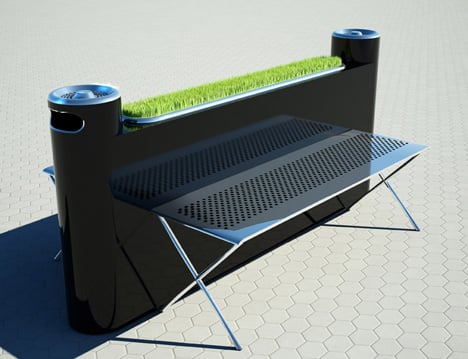

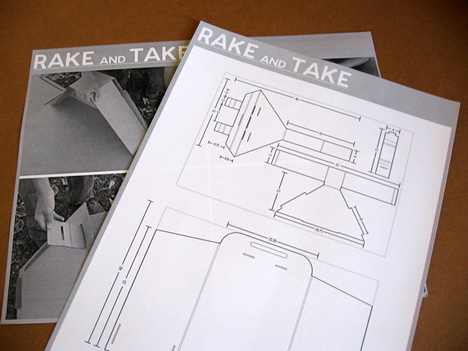






















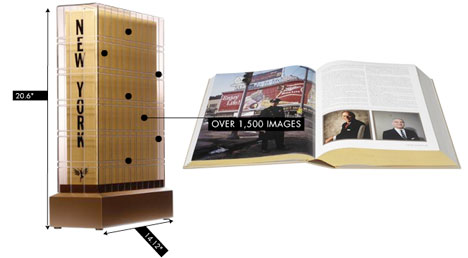
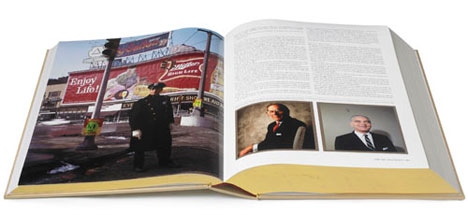
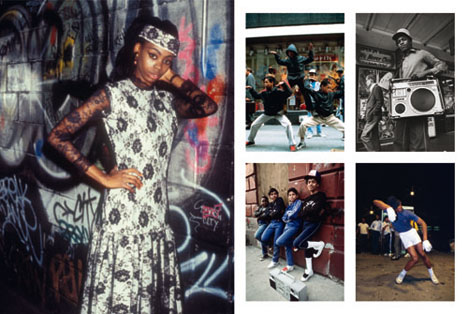
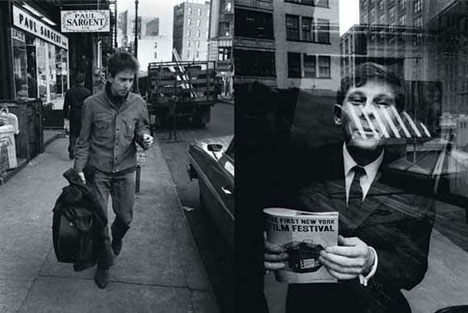
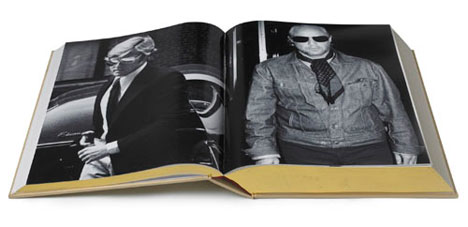
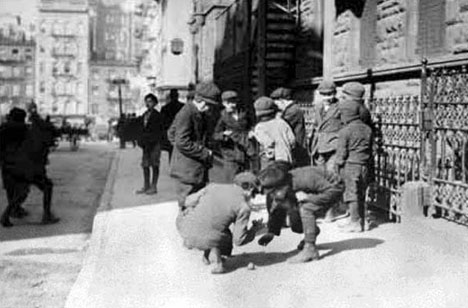
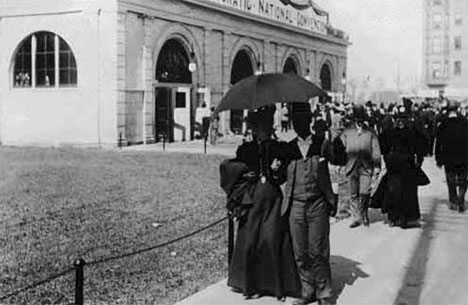



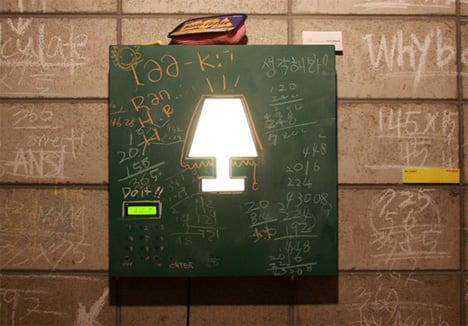



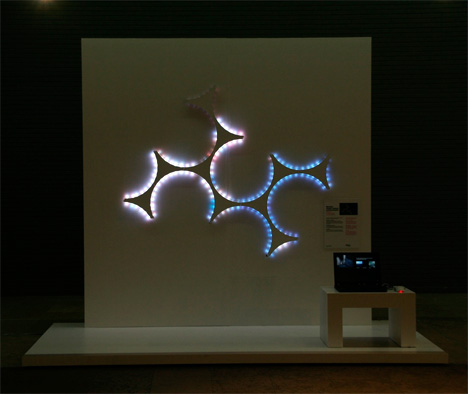





No comments:
Post a Comment